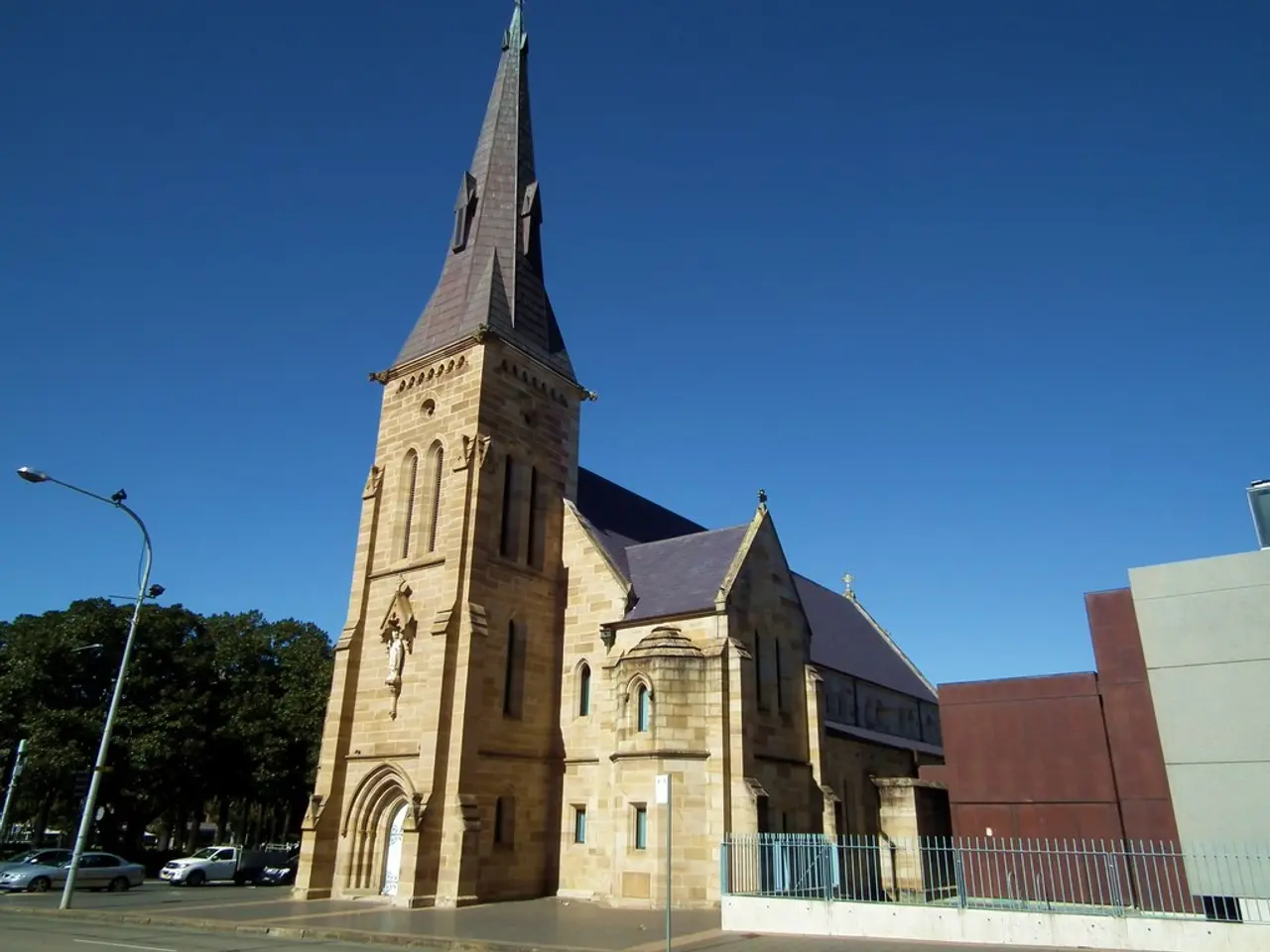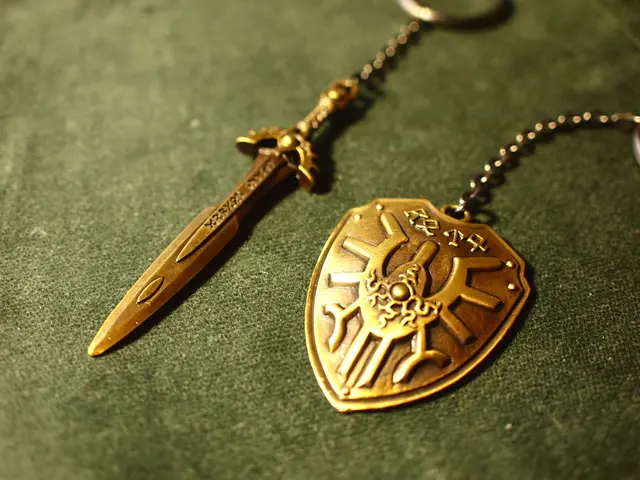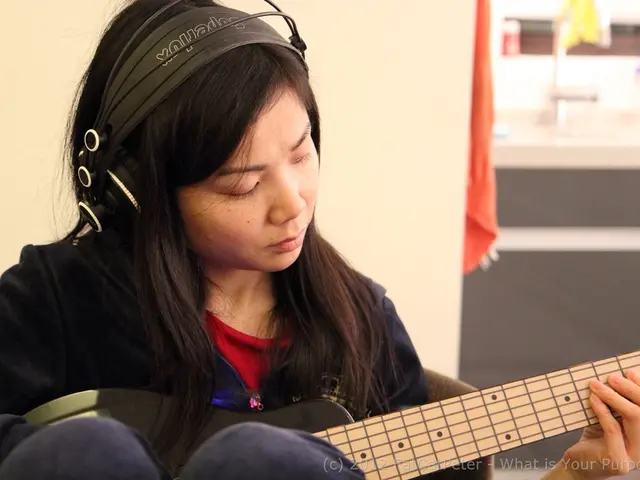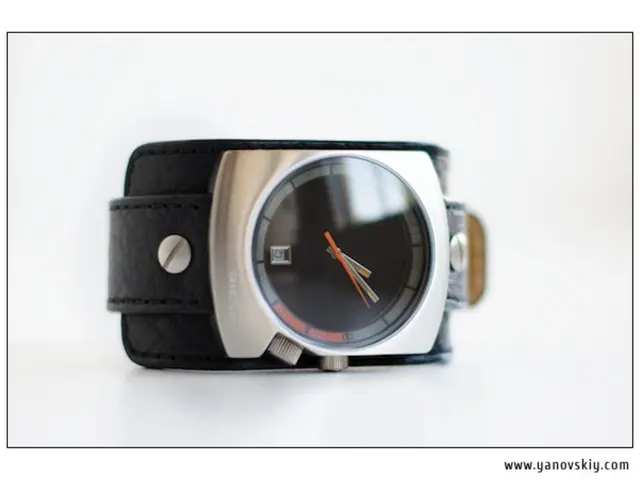Church in Kiruna, Sweden, makes a two-day relocation to its new destination.
Historic Kiruna Church Moved to Make Way for Europe's Largest Underground Mine
In the heart of northern Sweden, the iconic Kiruna Church, a landmark dating back to 1912, completed a remarkable journey of more than 3 kilometers on August 20, 2025. The church was moved to its new location to make way for Europe's biggest underground iron ore mine, operated by LKAB, which is expanding to access rare earth elements essential for the manufacturing of electric vehicles and the green transition[6].
The church, designed by Gustaf Wickman, is a testament to the region's Indigenous Sami culture, with designs inspired by traditional Sámi huts. It weighs a staggering 672 tonnes and measures over 130 feet (40 meters) wide. The move, which began on August 19, was a complex, meticulously choreographed process that involved lifting the church off its foundations and loading it onto wheeled platforms[1][2][3][4][5].
The journey, which included some tricky narrow passages and 90-degree turns, went smoothly, according to project manager Roy Griph[1]. The church, with its neo-Gothic exterior featuring slanting roofs and windows on each side, was moved across the town of Kiruna, home to 18,000 people, under the watchful eyes of large crowds who gathered to witness the historic event[1][2][3][4][5].
The church's dark interior boasts elements of national romanticism, an Art Nouveau altarpiece, and an organ with over 2,000 pipes. The belltower, which stood separately next to the church, will be moved next week[1][2][3][4][5]. The relocation of the Kiruna Church cost LKAB approximately 500 million kronor ($52 million), a significant investment in preserving a key part of Sweden's cultural heritage[1][3][5].
The church's move is part of a broader 30-year project relocating much of Kiruna's town center to avoid damage from mining activities. The new town center was inaugurated in September 2022[1][2][3][4][5]. While the move has been celebrated as a day "full of joy" by local vicar Lena Tjärnberg, there is also sadness about leaving the original site[1][2][4][5].
The community's response has been mixed. For many, the church is considered Kiruna's "soul" and a safe place. However, there are concerns about the broader impact of mining expansion on the Indigenous Sami people, who have lived in the area for thousands of years[1][2][4][5].
In an unexpected twist, LKAB announced the discovery of Europe's largest known deposit of rare earth elements next to the Kiruna mine in 2023, further emphasising the strategic importance of the mine[6]. As Europe seeks to reduce its dependence on imports from China, LKAB's CEO, Jan Mostrom, stated that the deposit is very important for the continent[2].
References: 1. The Local 2. BBC News 3. CNN 4. The Guardian 5. NPR 6. Reuters
Read also:
- Long-Term Prescription Drug Impact on Brain Function
- Benefits, sources, and supplements for Vitamin D and its role in addressing osteoporosis
- Diabetes Management during Pregnancy: Keeping Tabs on Blood Sugar Levels and Lifestyle Adjustments
- Life Expectancy with Interstitial Cystitis: Exploration of Research, Treatment Methods, and Additional Information








